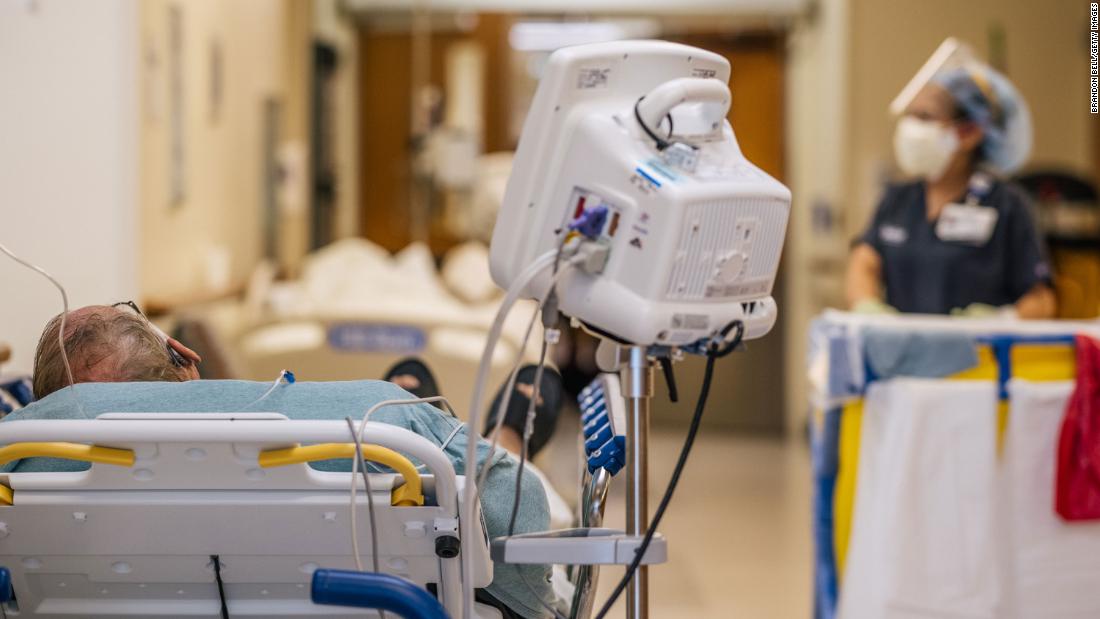Biden admin monitoring supply of medical grade oxygen
The Biden administration is working with and remains in close contact with oxygen suppliers and home health care agencies, industry trade groups, interagency partners and the private sector to closely monitor the situation and support as needed, a Department of Health and Human Services spokesperson said.
“As Covid has continued to evolve, we have continued to see Covid care best practices continue to evolve, and that in part has been the use of high-flow oxygen versus ventilators,” according to Donna Craft, the senior director of facilities and construction at Premier, a health care performance improvement company. “That has had an absolute increase in positive outcomes for patients and better patient care.”
“Normally, an oxygen tank would be about 90% full, and the suppliers would let them get down to a refill level of 30-40% left in their tank, giving them a three- to five-day cushion of supply. What’s happening now is that hospitals are running down to about 10-20%, which is a one- to two-day supply on hand before they’re getting backfilled,” Cross explained. “Even then, when they’re getting backfill, they’re only getting a partial fill back to about a 40, sometimes 50% level.”
The Compressed Gas Association, whose members are seeing three to five times the normal usage of oxygen, is reallocating product from the industrial sector to the health care sector to help mitigate the problem. Additionally, some of the large suppliers are shipping product from other regions to add supply to the areas with high demand. One state health official noted that while this was a short-term fix, there was concern that the movement could lead to shortages in other regions, should they later experience a spike in cases.
“We’ve had some very challenging situations over the last couple of weeks, where hospitals have had their oxygen deliveries disrupted with hours delay, putting them in a situation where they’ve had very low oxygen supplies. There were a number of hospitals that were down below 48 hours of oxygen,” said Mary Mayhew, the president and CEO of the Florida Hospital Association. Mayhew added that the situation seemed to be stabilizing Saturday, as the state began to experience a reduction in hospitalizations, but much concern remained:
“Hospitals are using 3-4 times the amount of oxygen they would normally use. This is a life-sustaining supply, and hospitals are continuing to use oxygen around the clock. … That certainly may cause challenges for the reliability of supply in Florida, even as our Covid hospitalizations start to decrease.”
Premier has reached out to multiple federal agencies over the last week, including the Federal Emergency Management Agency and the US Department of Health and Human Services, on behalf of struggling hospitals in its network.
“It is very critical situation,” Craft said, adding that oxygen suppliers she works with have said they need help.
One health official working with states and federal agencies on the problem told CNN there needs to be a coordinated response.
“We understand that there’s hurricanes and floods and forest fires going on across the country, so it’s not like there aren’t distractions, but it is serious and it needs a much better strategy and communication plan around it — period. It’s life and death,” the health official said.
![]()


